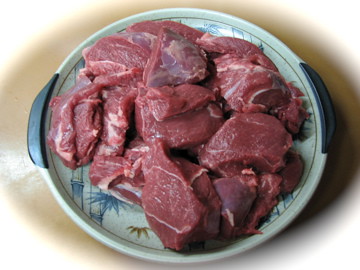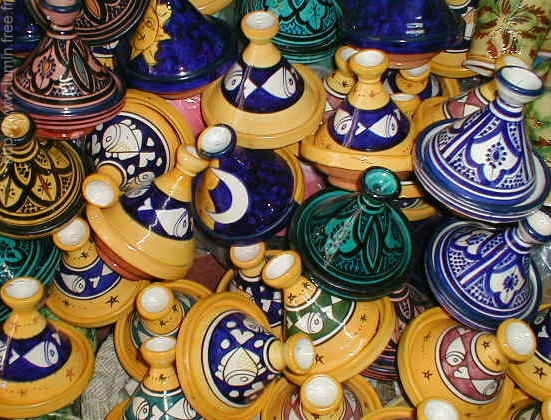INGREDIENTS (serves 6 as soup course or 4 as main dish)
1 lb Medium shrimp
1 tb Vegetable oil
2 qt Fish stock
3 Fresh lemon grass stalks, coarsely chopped
Grated zest from 1 lime
6 to 8 kaffir lime leaves
10 sl Unpeeled fresh, galangal
2 Fresh Serrano chiles, stemmed, seeded, and chopped
24 md Mussels or clams in shells
2 tb Freshly squeezed lime juice
2 tb Fish sauce
3 tb Chopped fresh cilantro
1 tb Slivered fresh red hot chile
1/4 c Chopped green onion
Salt
Thin lime slices for garnish
Fresh lime or other citrus leaves and blossoms for garnish
METHODS
1. Peel and devein the shrimp; reserve the shells.
2. Heat the oil in a soup pot or large, heavy saucepan over high heat.
3. Add the shrimp shells and saute until the shells turn bright pink.
4. Add the stock or diluted broth, lemon grass or zest lime zest and leaves, galangal or ginger, and chiles.
5. Bring to a boil, then reduce heat to low, cover, and simmer for 25 minutes.
6. Strain the broth through a fine sieve into a clean soup pot.
(At this point, the soup can be poured into a container and refrigerated, uncovered, until cool, then tightly covered and stored for up to 3 days. Slowly reheat before proceeding.)
7. Bring the strained soup to a boil over high heat.
8. Add the mussels or clams, cover, and cook until the shells open, about 2 minutes.
9. Remove the mussels or clams and break off and discard the top shell.
10. Return the mussels or clams on the half shell to the broth. Add the shrimp and cook until the shrimp turn opaque, about 2 minutes.
11. Reduce the heat to low, stir in the lime juice, fish sauce, cilantro, slivered chile, green onion, and salt to taste; simmer about 1 minute.
12. Ladle into preheated soup bowls, garnish with lime slices, leaves, and blossoms, and serve immediately.
--From
"James McNair's Soups"
















